After harvesting, the trees begin to prepare for the winter dormancy. At this time, they need careful care. Watered watering of trees in autumn is an agrotechnical measure, which must be carried out in a timely manner. Autumn rains are not always regular, so the trees may not have enough moisture.
Content
What is water-loading watering trees
Water-charging irrigation in the fall is carried out so that the earth is saturated with liquid. It must be done in regions with a dry autumn. If there is little rain at this time, the earth does not have time to be saturated with moisture and dries. Pre-winter watering feeds the earth with water and helps fruit trees to endure cold weather. Moist soil freezes much more slowly than dry soil. This favorably affects the root system.
In the winter season, all moisture gradually freezes, but the effect of evaporation persists. The trees must be irrigated before winter so that they do not dry out and do not freeze in cold. If the soil is well moistened, its thermal conductivity becomes higher. The heat that is stored below warms up the root system and protects it from freezing.
In addition, winter watering:
- enriches trees with vitamins;
- gives them other substances for nutrition;
- increases productivity.
Determination of fluid requirements
Do I need to water fruit trees if the autumn is rainy? In a dry summer, autumn rains will not be enough for proper nutrition of the land.
Before watering trees in the fall, it is necessary to understand the degree of soil moisture. First, a small hole is excavated between the trees. Its depth is from 30 to 50 cm. The condition of the earth in the pit will show how moist the soil is and how much water is needed.
After digging a hole, the gardener conducts a simple test. He takes a handful of earth and squeezes it in his hand. With the formation of a dense wet lump, saturated with liquid, it is not necessary to moisten the earth. If the earthen lump is dense but dry (does not leave a wet mark on a piece of cloth), watering the garden is necessary, with a 30% reduction in water consumption. If the soil is loose, and it is impossible to make a lump from it, it must be moistened.
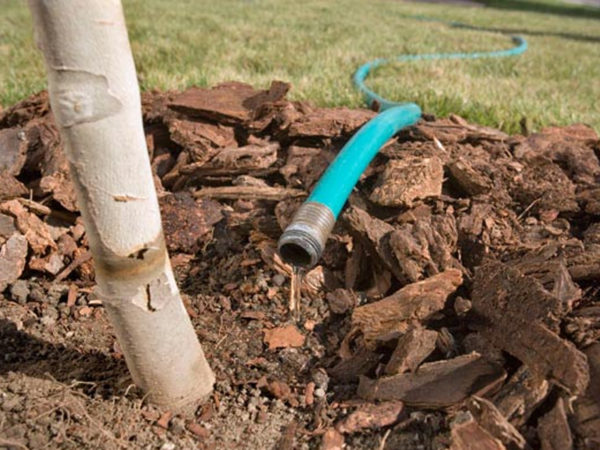
What trees need autumn irrigation
Water in the autumn is needed by all fruit crops and berry bushes:
- apple trees;
- quince;
- pears;
- Apricots
- cherry;
- plum;
- gooseberries;
- raspberries;
- currants.
The earth is soaked as deep as possible. Quinces and apple trees are considered demanding on moisture. Pear and cherry are more unpretentious. If a tree is grafted onto a wild game, its resistance to drought will be higher. Clonal rootstock cultures are no less sensitive than dwarf and colony trees.
In deciduous trees, foliage falls for the winter. In conifers, the needles remain on the branches throughout the winter, so the evaporation of the liquid occurs constantly. There are wintering foliage crops that need much more water than simple hardwoods. Strawberries also leave green foliage for the winter. Moisture is needed for heathers and rhododendrons, which evaporate a lot of moisture from the earth.
Autumn precipitation can only wet the upper layers of the earth. Drizzling rain is a poor helper for a gardener, even if it goes constantly.Watering trees in autumn is not necessary only subject to heavy rainfall. Fruit crops have a strong root system that goes deep into the soil.
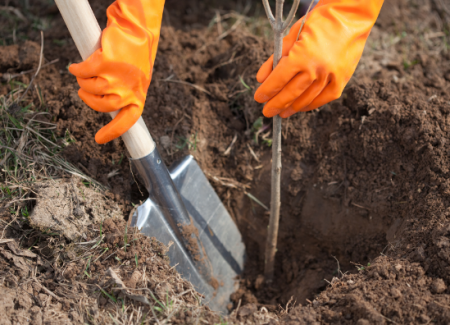 You may be interested in:
You may be interested in:Temperature and time
The optimal time for autumn irrigation is October and the first half of November. The event should be carried out after the beginning of leaf fall.
As soon as the air temperature dropped to + 2-3C, and the leaves began to fall, it was time for autumn water procedures.
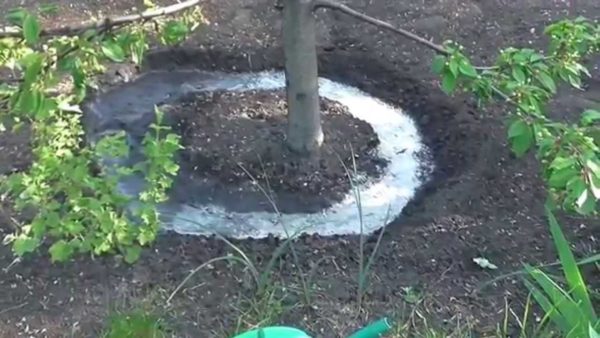
Water consumption rates
When carrying out irrigation measures, it is necessary to take into account the composition of the land and its drainage. With poor drainage, the soil should be wetted by 1 meter or more. Water consumption rates are distributed as follows:
- young tree - from 30 to 40 l;
- adult tree (10-15 years) - from 40 to 70 liters;
- old crops - up to 100 l;
- shrub - 50 l.
If winter promises to be cold and early, irrigation activities are carried out until the first stable frost.
Autumn Irrigation Techniques
There are three methods of autumn irrigation:
- from a bucket or hose;
- drip technique;
- sprinkling equipment.
If water is supplied from a bucket or hose, a large volume of liquid enters the soil. In a flat area, the fluid is retained in the trunks and does not flow down.
When the site is inclined, the sprinkling method is used. The liquid evenly penetrates deep into the earth, but there is a risk of increasing air humidity. If the process is not controlled, horticultural crops can pick up a fungal infection.
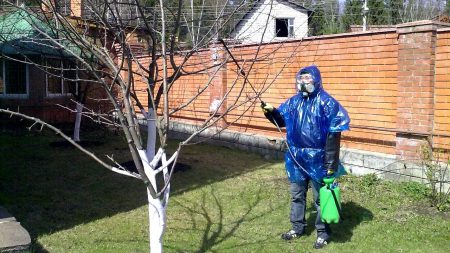 You may be interested in:
You may be interested in:The most ineffective gardeners consider drip irrigation of fruit trees. Hoses are laid around the trunk, inside of which holes are cut. When you turn on the water supply, the soil is saturated with moisture, but not enough. That is why moisture recharge irrigation is best done using buckets or hoses. At the same time, autumn feeding is carried out. Fertilizers are placed in grooves dug from tree trunks, after which they abundantly irrigate the earth with liquid.
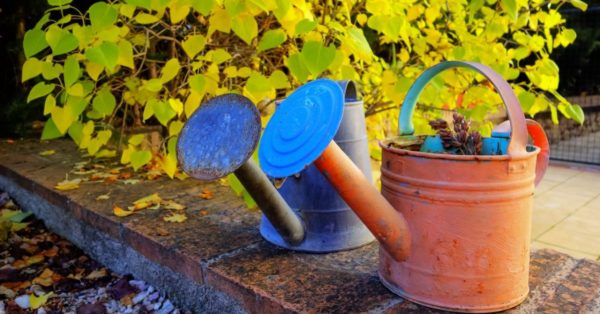
Contraindications to autumn watering
When carrying out irrigation measures, "transfusion" of the soil is impossible, especially in sandy and loamy areas. The only contraindication may be the close occurrence of groundwater to the upper layers of the earth. In such conditions, gardeners make artificial elevations for planting crops so that their roots do not die from excess moisture.
Reviews
Alexey (Krasnodar Territory):
“I have loam in the area, and groundwater lies close to the ground. Because of this, the apple trees did not grow well. Two of them nearly died. Later it turned out that groundwater passes too close to the upper layers of the soil, and autumn “moisture recharge” is not necessary. Fortunately, we managed to find out in time, otherwise the trees would have definitely died. I regularly fertilize them, I make sure that there is no overmoistening. If the roots begin to rot, I will carry out tree transplantation events. ”
Vera (Moscow Region):
“A neighbor praises the drip method of irrigation and often advises us:“ Water your apple trees in a drop, what's the problem? ”I have a lot of apple trees and pears on the plot. An experienced gardener told me that drip irrigation is not suitable for them: their roots go deep into the ground, so more fluid is needed in the fall.I water them from a hose, and we dug through my husband several grooves through which we supply water. The garden blooms beautifully and gives a plentiful harvest every year. "
Maxim (Voronezh region):
“We have new neighbors in the village. They inherited a house with an apple orchard. They are new to gardening, so they turned to me for advice. They were worried about how to find out whether to irrigate trees before the onset of cold weather. I advised them to dig a hole 50 cm deep in the area and take a handful of earth from the bottom of the hole. When the neighbor did this, the soil in his hand crumbled, it was impossible to make a tight lump out of it. So, it turned out that trees need moisture. I advise everyone to use this simple method. ”
Autumn irrigation measures are a prerequisite for a successful wintering of fruit crops. If the gardener knows the specifics of these agrotechnical measures, they will help preserve the strength and health of the trees during the cold winter.

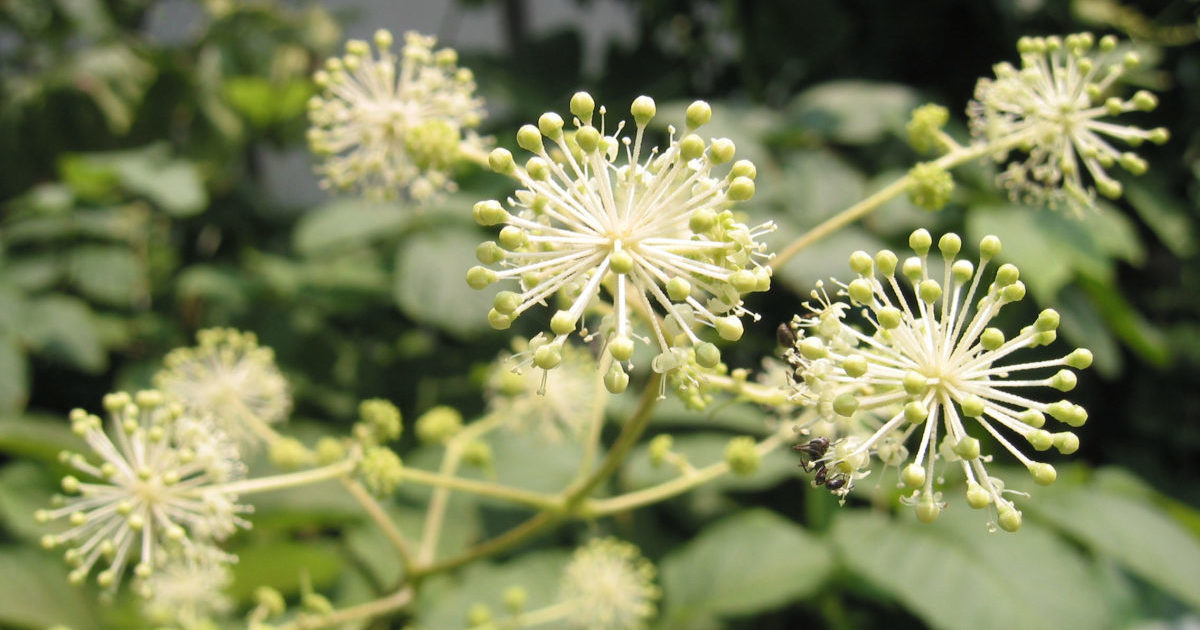 Aralia Manchurian - medicinal properties and contraindications, the use of tinctures in bodybuilding
Aralia Manchurian - medicinal properties and contraindications, the use of tinctures in bodybuilding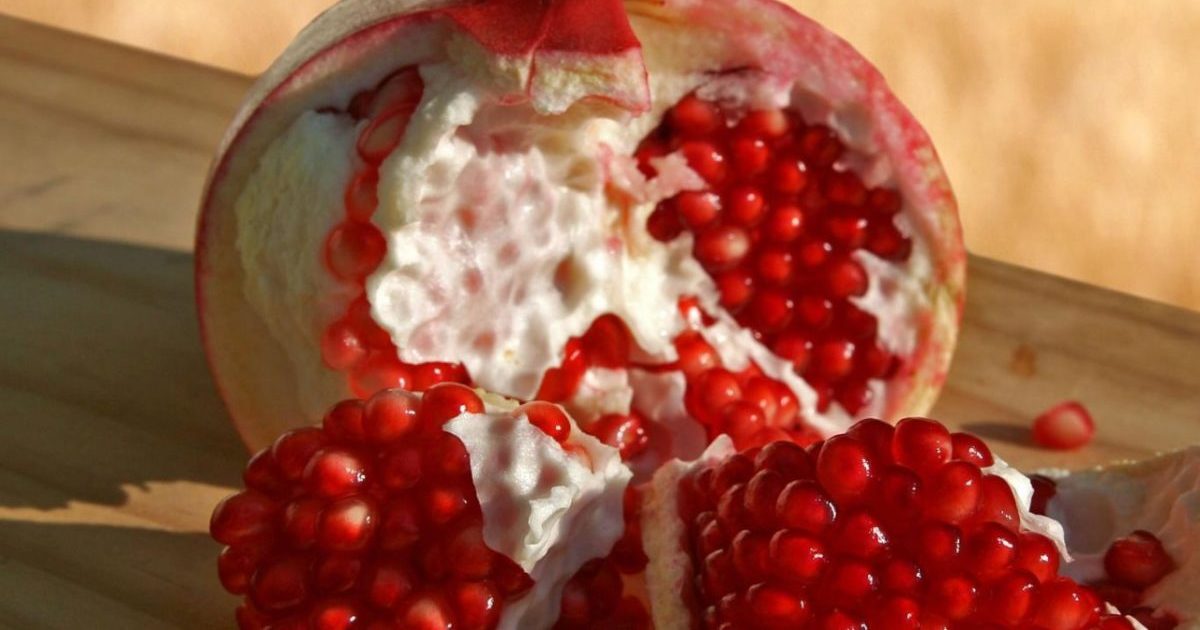 Seedless pomegranate - cutaway appearance, benefits and harms
Seedless pomegranate - cutaway appearance, benefits and harms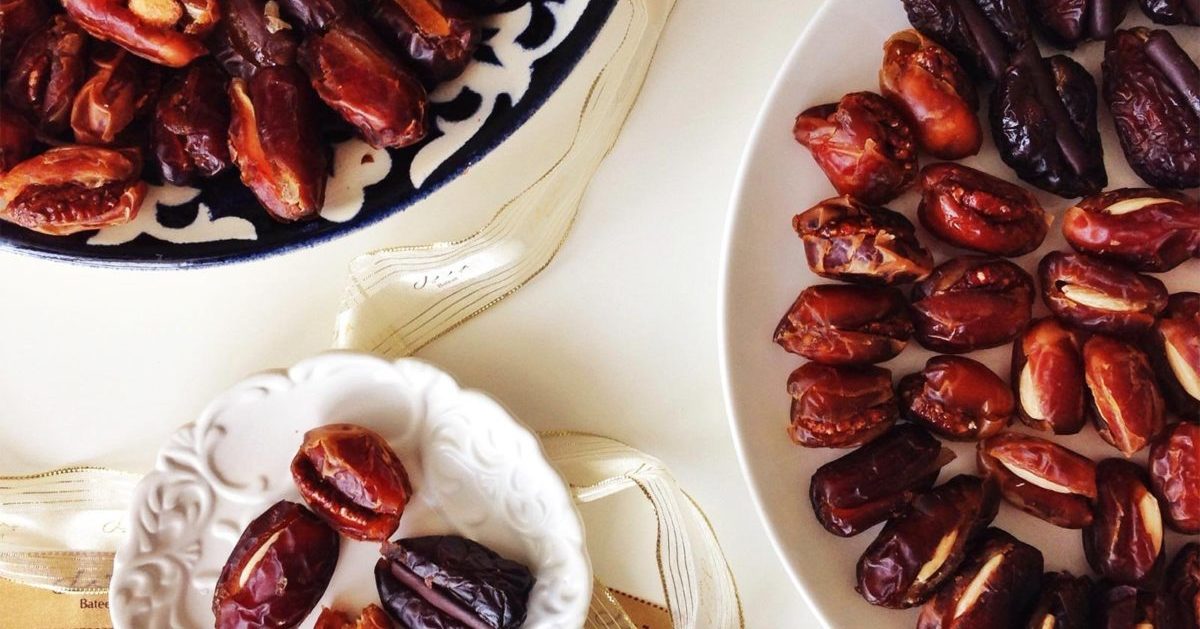 Dates - the benefits and harm to the body, how much you need to eat, properties and calorie content
Dates - the benefits and harm to the body, how much you need to eat, properties and calorie content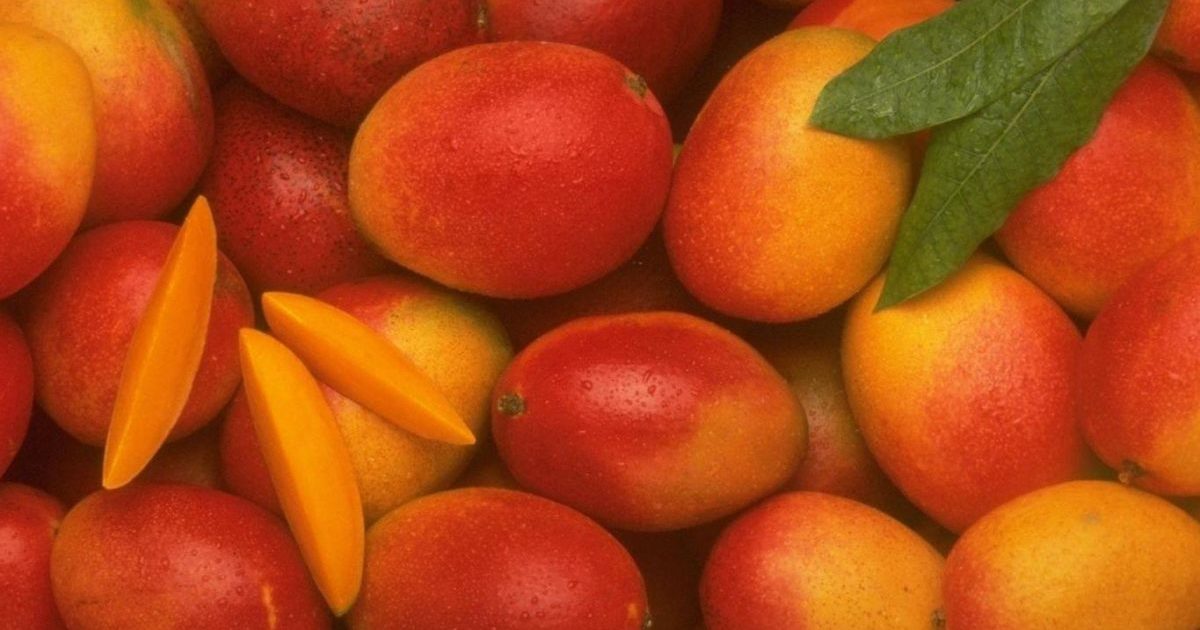 The benefits and harms of mango for the body of women and men - how to eat it?
The benefits and harms of mango for the body of women and men - how to eat it?